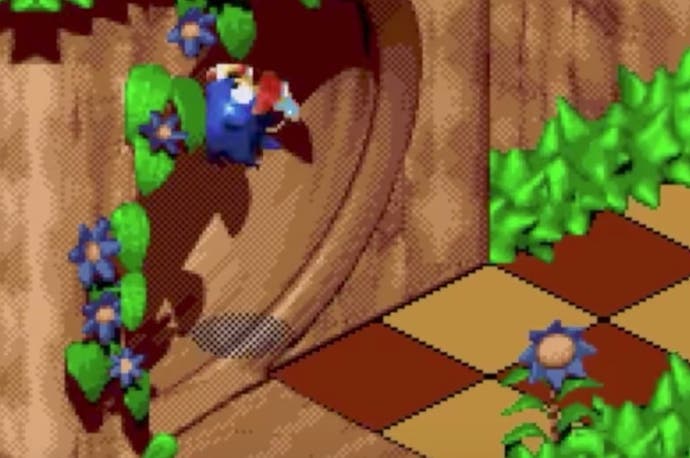How one Mega Drive dev cheekily slipped through Sega's certification process
By pretending crashes were easter eggs.
Getting a game through console certification can, according to many a developer, be a long, frustrating process. Any bugs uncovered by a platform holder can lead to certification failure, forcing the exhausting cycle to begin anew.
In a fascinating new video, Traveller's Tales founder Jon Burton has revealed how he attempted to game the system back in the Mega Drive days, tricking Sega's testers into believing that all bugs encountered during certification were actually entirely intentional secrets and easter eggs.
According to Burton, one of Sega's toughest stipulations during a certification process that could take weeks to complete, was that a game should never crash. To check this, testers would often leave a game running for days at a time.
If a game crashed, it would fail certification and a report would be returned to the developer; problematically however, Sega's error reports were often incredibly cryptic, meaning that developers would usually need to guess what had caused the crash themselves before they could even begin to think about fixing it.
Burton's solution to this, during the development of 1994's Mickey Mania, was to think of any possible bugs that might occur and write explicit error messaging code that would appear in a special debug menu if anything untoward happened during gameplay.
However, when Burton submitted the game, he changed the code in a moment of devious inspiration so that, rather than showing error messages, the debug screen would instead claim that a secret time warp had been found. The game would then randomly warp the player back or forward a level, forcing a refresh that would allow the game to continue running, even during Sega's lengthy crash test process.
It fooled Sega's testers so effectively that Burton repeated the process for 1995's Toy Story game, this time disguising crashes as a mini-game which allowed players to win extra hit points. For Sonic 3D in 1996, however, Burton took a slightly different approach, programming the game so that error reports would load up a level select screen rather than crash the system.
While it certainly worked, passing Sonic 3D's more calamitous crashes off as harmless secrets, it did have some rather unexpected repercussions. One of the most publicised of these was the discovery by fans several years ago that punching the Sonic 3D cartridge while it was still in the console could cause the level select screen to appear.
While many believed this was some extra-special, entirely intentional secret, Burton reveals that the truth is a little less exciting; this particular "feature" is actually the unplanned consequence of the connection between the cartridge and the console being broken, thus causing the catch-all error system to report some completely unknown error and reroute the game back to the level select.
So there you go; sometimes cheaters really do prosper. And if that small historical revelation entertained you, there are other interesting retro development insights, including early prototypes of Crash Bandicoot and Sonic R, over on Burton's YouTube channel.



